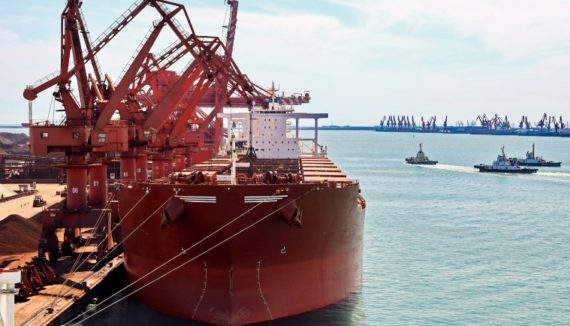For tonnage charterers, successfully managing berth activities is integral to keeping the seaborne supply chain moving and mitigating avoidable costs. Effective berth scheduling and rotation relies on precise timetables, exact sequencing of parcels and cargoes, and an understanding of each vessel’s size and projected laytime.
Despite its importance, this complex function is still widely managed manually through a combination of spreadsheets and email that are disconnected from the core marine workflow. In addition to adding layers of time and effort to the process and introducing the opportunity for error, manual berth scheduling is inherently incapable of adapting to evolving business realities, which can result in backups at the berth that lead to costly demurrage. In addition to this direct cost, berth backups can also cause a myriad of indirect costs, such as holding up internal operations or missing client timetables.
It is important to note that berth activities seldom go exactly as planned, and even the best schedule can become unoptimized as time goes on. Let’s take a look at a few common scenarios that lead to backups at the berth, and how an automated and integrated berth scheduling solution can help:
Scenario 1: The cargo doesn’t arrive on schedule.
Whether it be inclement weather, congestion at a prior port, less-than-optimal vessel performance, or another unforeseen event, it isn’t uncommon for a vessel to arrive earlier or later than planned. If a vessel arrives early, there may not be an open berth immediately available. If a vessel arrives too late, it is likely to not only incur costly demurrage expenses for itself, but also lead to demurrage for subsequent vessels as they wait to call into the berth. By integrating real-time voyage reporting data, a dynamic berth scheduling solution can enable dock schedulers and operators to adapt berth schedules to ever-changing ETAs. In addition, a fully integrated berth scheduling solution also enables berth schedulers and operators to communicate vacancies so that a voyage’s scheduled ETA can subsequently be adjusted.
Scenario 2: Berth activities take longer than planned.
The creation of berth schedules requires berth schedulers and operators to make educated assumptions about loading and discharge times based on vessel capacity, commodity type, and the associated discharge rate. For a variety of reasons, these activities sometimes take longer than anticipated. For example, equipment used in the unloading process could be tied up or malfunctioning. By providing the ability to rapidly compare estimated and actual activity times, a dynamic berth scheduling solution empowers berth schedulers and operators to make adjustments, troubleshoot issues, and adjust estimated activity times for future schedules.
Scenario 3: Two vessels are double booked at the berth.
When scheduling is reliant on manual processes and handled by multiple individuals or entities, it is possible that a single berth could become double booked, with multiple vessels scheduled to arrive at overlapping times. A dynamic berth scheduling solution virtually eliminates the possibility of double bookings by enabling both bookings and cargoes to be dynamically assigned through simple, visual drag-and-drop functionality.
Scenario 4: The vessel cannot fit into the assigned berth.
In order to accommodate large vessels, the scheduled berth must have adequate depth and the infrastructure needed to handle cargo appropriately. Should a vessel arrive and be too large for its assigned berth, it is all but certain to enter demurrage as operators seek another appropriate berth to suit the vessel’s needs. With a dynamic berth scheduling solution, however, berth schedulers and operators can ensure schedules take each vessel’s unique requirements into account.
Scenario 5: Cargo cannot be loaded or discharged due to shortage or lack of storage.
Sometimes issues arise that are beyond the control of berth schedulers and operators. For example, the cargo that needs to be loaded upon a vessel’s arrival may not be available due to operational delays or shortages. Conversely, lack of storage at the port may require product to be traded or sold in order to accommodate incoming capacity. By providing an at-a-glance view of material and ship status at all times, a dynamic berth scheduling solution allows berth schedulers and operators to mitigate the negative downstream impact of broader supply or storage related issues.
Transform Berth Scheduling with the Veson IMOS Platform (VIP)
Fortunately, all five of these scenarios can be proactively addressed with a dynamic berth scheduling solution. Fully integrated with the Veson IMOS Platform (VIP), the world’s leading solution for the commercial management of marine cargo and fleets, VIP Berth Scheduling offers a simple, visual workspace that empowers dock schedulers and marine planners to more efficiently move equipment through the berth, adapt to ever-changing business realities, and reduce costly demurrage.




